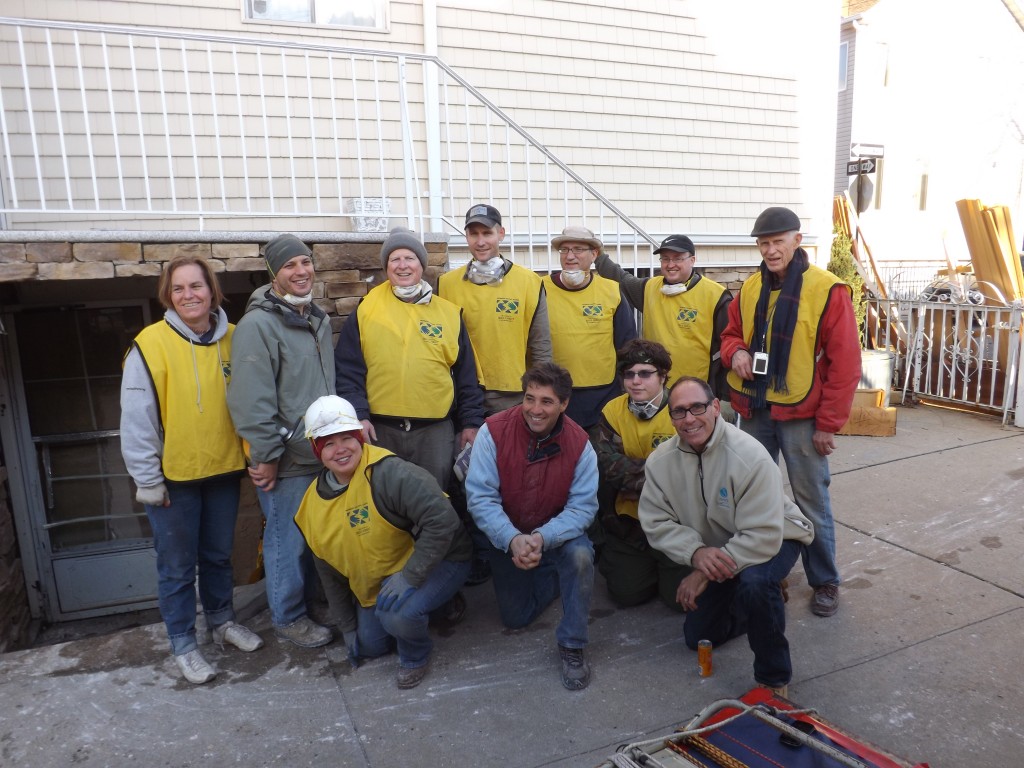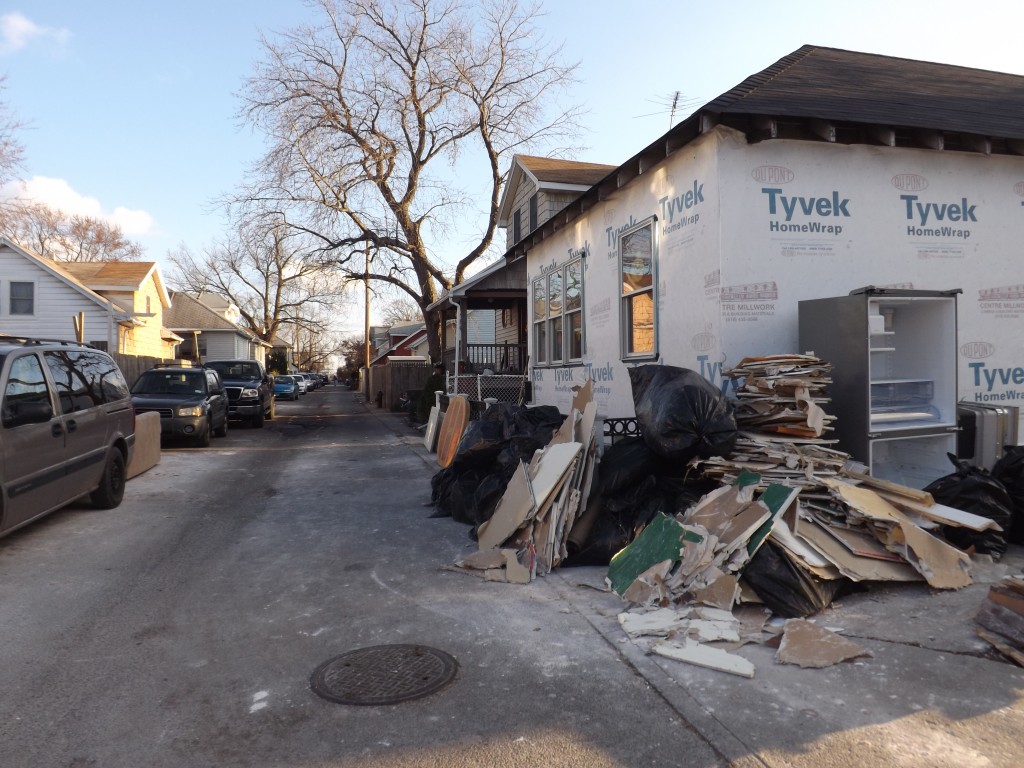The Titan Arum is called the Corpse Flower because of its intensely pungent scent when it blooms, which it does for a single day once after several years. For over a week we've been watching for the Titan Arum at the US Botanical Garden to bloom. Then Sunday happened and in the press of family stuff we forgot to check.
Apparently the Titan Arum did its stinky Corpse Flower thing Sunday night. By Monday morning the stench was gone, leaving only a humongous flower (still pretty danged impressive). Folks at my household hope to view the amazing bloom Tuesday morning, assuming it survives the night.
From the description currently up at the US Botanical Garden website:
The titan arum (Amorphophallus titanum), also known as the corpse flower or stinky plant, is blooming at the United States Botanic Garden Conservatory! Once fully open, it may remain in bloom for 24 to 48 hours, and then it will collapse quickly.
The magic of the titan arum comes from its great size - it is reputed to have the largest known unbranched inflorescence in the plant kingdom. Referred to as the corpse flower or stinky plant, its putrid smell is most potent during peak bloom at night into the early morning. The odor is often compared to the stench of rotting flesh. The inflorescence also generates heat, which allows the stench to travel further. This combination of heat and smell efficiently attracts pollinators, such as dung and carrion beetles, from across long distances.
The titan arum does not have an annual blooming cycle. The time between flowering is unpredictable, which can span from a few years to a few decades. The plant requires very special conditions, including warm day and night temperatures and high humidity, making Botanic Gardens well suited to support this strange plant outside of its natural range.
This plant is native to the tropical rainforests of Sumatra, Indonesia, and was first discovered in 1878. Public viewing of this unique plant has occurred a limited number of times in the United States. The U.S. Botanic Garden last displayed a blooming titan arum in 2007.


















